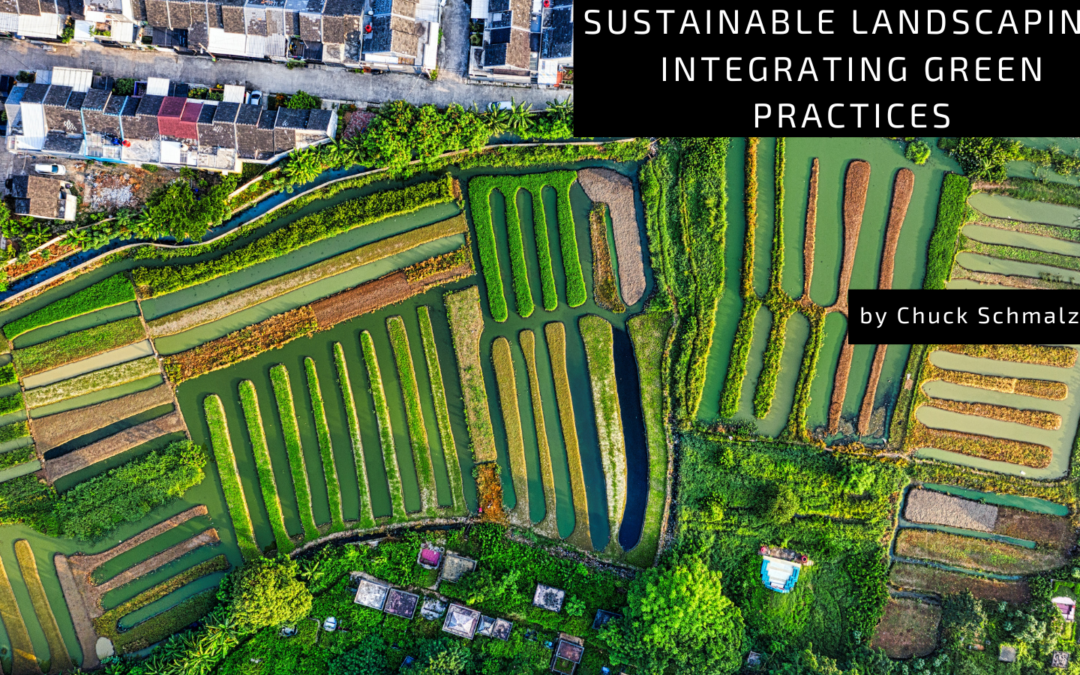When creating an eco-friendly and visually appealing outdoor space, sustainable landscaping is the key to harmonizing aesthetics with environmental responsibility. From water conservation to biodiversity promotion, integrating green practices into landscaping enhances your property’s beauty and contributes to a healthier planet. Here are essential strategies for sustainable landscaping:
Native Plant Selection: Opt for native plants in your landscaping design. Native species are adapted to the local climate, requiring less water and maintenance. They also provide habitat and food for local wildlife, contributing to biodiversity. Native plants often have deep roots that help prevent soil erosion.
Drought-Tolerant Landscaping: Choose drought-tolerant plants to minimize water usage in your landscaping. These plants have adapted to survive with less water, making them well-suited for regions with water scarcity. Incorporating mulch around plants can also help retain soil moisture and reduce the need for frequent watering.
Rainwater Harvesting: Implement rainwater harvesting systems to collect and store rainwater for irrigation. This sustainable practice reduces the reliance on municipal water supplies and helps conserve this precious resource. Rain barrels or more extensive cistern systems can be integrated into landscaping.
Composting and Mulching: Integrate composting into your landscaping routine to recycle organic waste and enrich the soil. Compost acts as a natural fertilizer, enhancing soil fertility without synthetic chemicals. Mulching around plants helps retain moisture, suppress weeds, and regulate soil temperature.
Efficient Irrigation Systems: Invest in efficient irrigation systems to minimize water waste. Drip irrigation or soaker hoses deliver water directly to the root zones, reducing evaporation and runoff. Smart irrigation controllers can also adjust watering schedules based on weather conditions, optimizing water use.
Integrated Pest Management (IPM): Embrace Integrated Pest Management practices to control pests in an environmentally friendly way. This approach involves monitoring and addressing pest issues with natural predators, beneficial insects, and non-toxic treatments, minimizing the use of harmful pesticides.
Green Roof and Walls: Extend sustainability to vertical spaces by incorporating green roofs and walls. Green roofs consist of living vegetation on building rooftops, providing insulation and absorbing rainwater. Green walls add a touch of nature to vertical surfaces while enhancing air quality and thermal regulation.
Energy-Efficient Outdoor Lighting: Choose energy-efficient outdoor lighting options, such as LED fixtures. These lights consume less energy, have a longer lifespan, and contribute to a more sustainable outdoor space. Consider motion sensors or solar-powered lights to reduce energy consumption further.

